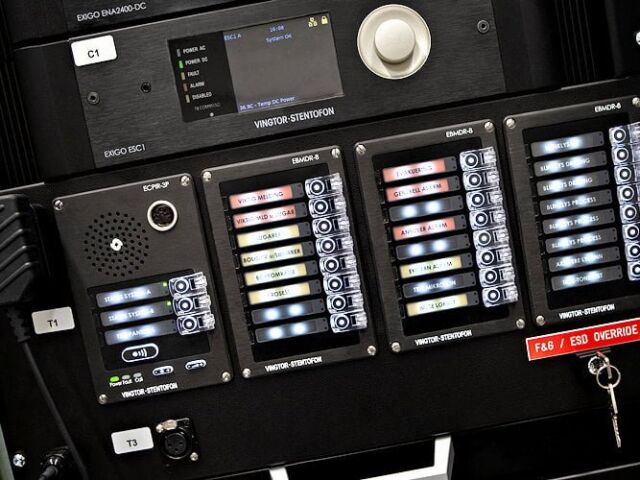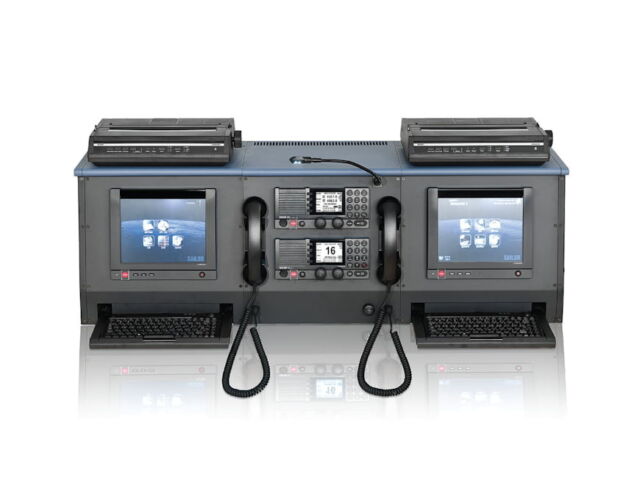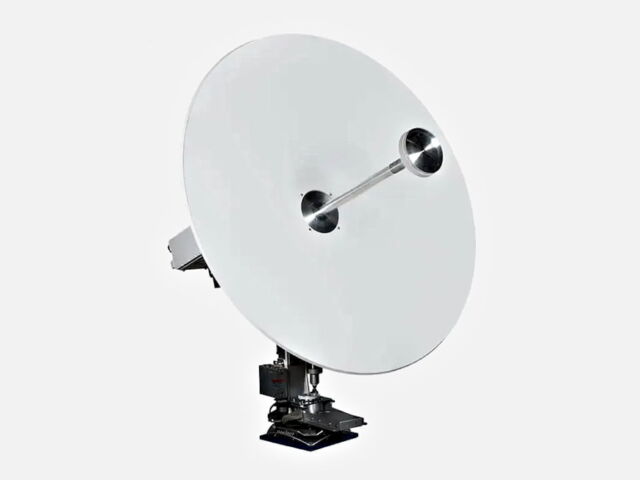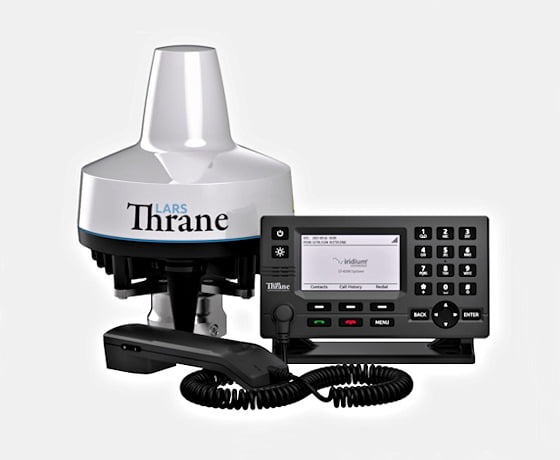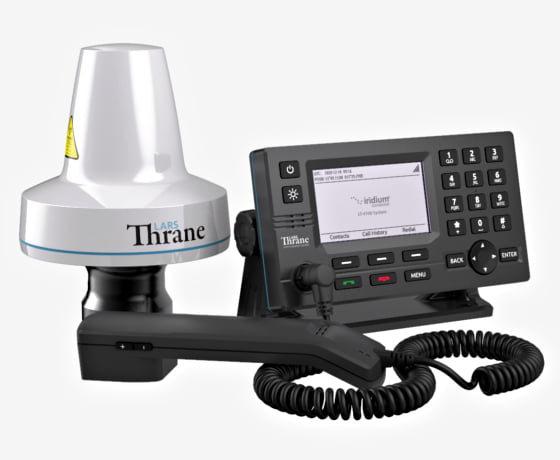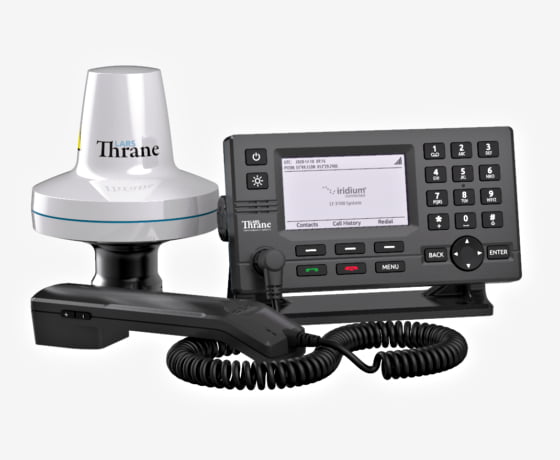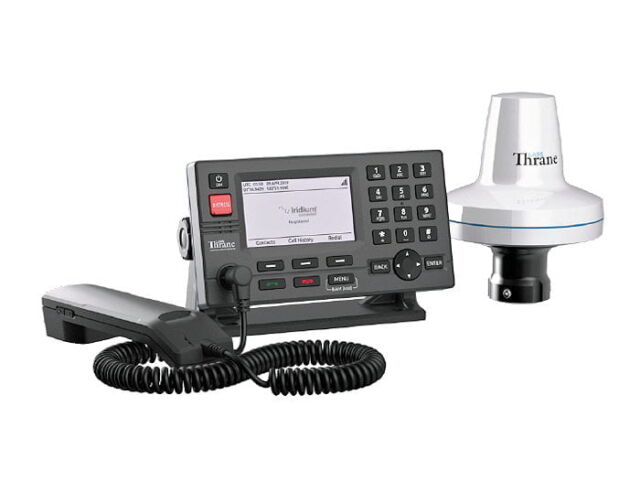Highly resilient and easy to operate in any situation, the SAILOR 7222 VHF DSC Class A is the most advanced SAILOR radio for demanding users operating within the SOLAS maritime environment.
As a next generation solution at the forefront of radio technology, it unlocks new performance gains that improve critical safety and regular operational communication.
Performance
Exceeding standards set by IMO regulation for GMDSS Class A VHF, the August 2021 introduced Bridge Alert Management (BAM) IMO resolution MSC.302(87), as well as IEC 62923-1 & IEC 62923-2, the SAILOR 7222 VHF DSC Class A the most reliable radio platform delivering clear communications that could make the difference between a non-event or a major incident.
Building on the established technology leadership of former SAILOR VHF DSC radios, the SAILOR 7222 VHF DSC Class A features updated hardware and software to deliver even more reliability. It is designed with a new and innovative, user-friendly 5.5” TFT touch-screen interface that further streamlines workflows and optimizes operational safety and efficiency.
Installation
SAILOR 7222 VHF DSC Class A VHF is quick and easy to install as a standalone device, or as a core component of a SAILOR GMDSS console. Advanced networking functionality also significantly reduces the installation and service burden, when deployed as part of a fully compliant solution, with other compatible SAILOR products, including mini-C, MF/HF, NAVTEX, Portable VHF and AIS.
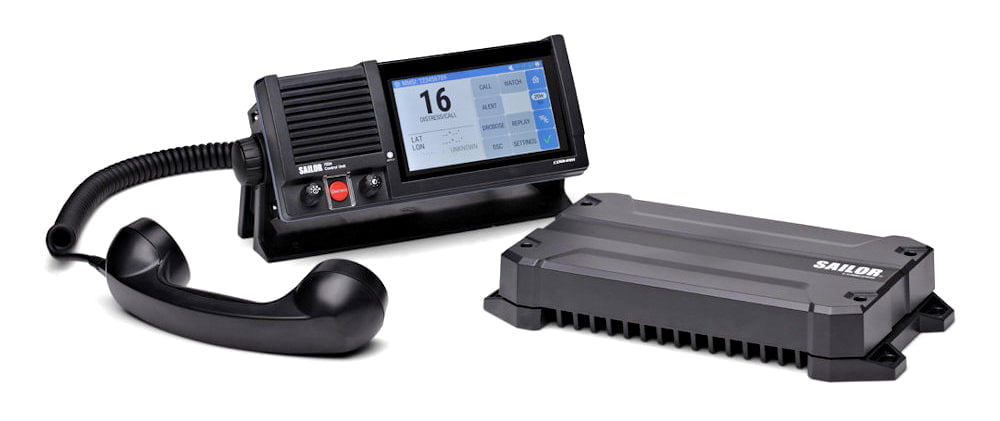
System Configuration Example
The SAILOR 7222 VHF DSC can be customised with a range of accessories to suit your installation. The standard system consists of :
- SAILOR 7224 VHF DSC Control Unit, DC Power Cable 2.5m with Relief Kit and Installation Guide
- SAILOR 6201 Handset, Cradle and Screw Kit
- SAILOR 7226 VHF Transceiver Unit, Screw Kit and Installation Guide
With SAILOR connection boxes the VHF radio connects easily to external equipment like a BAM system, additional handsets, water proof hand microphones, control speaker microphone, alarm panel or external speaker. The Ethernet interface connects the Control Unit with the Transceiver Unit, and enables the VHF radio to be connected to other units in a local network. Instead of the touch screen on the Control Unit, you can also connect a PC or other device with a browser for setup and control via the web interface.
The following illustration is one example of a system configuration:
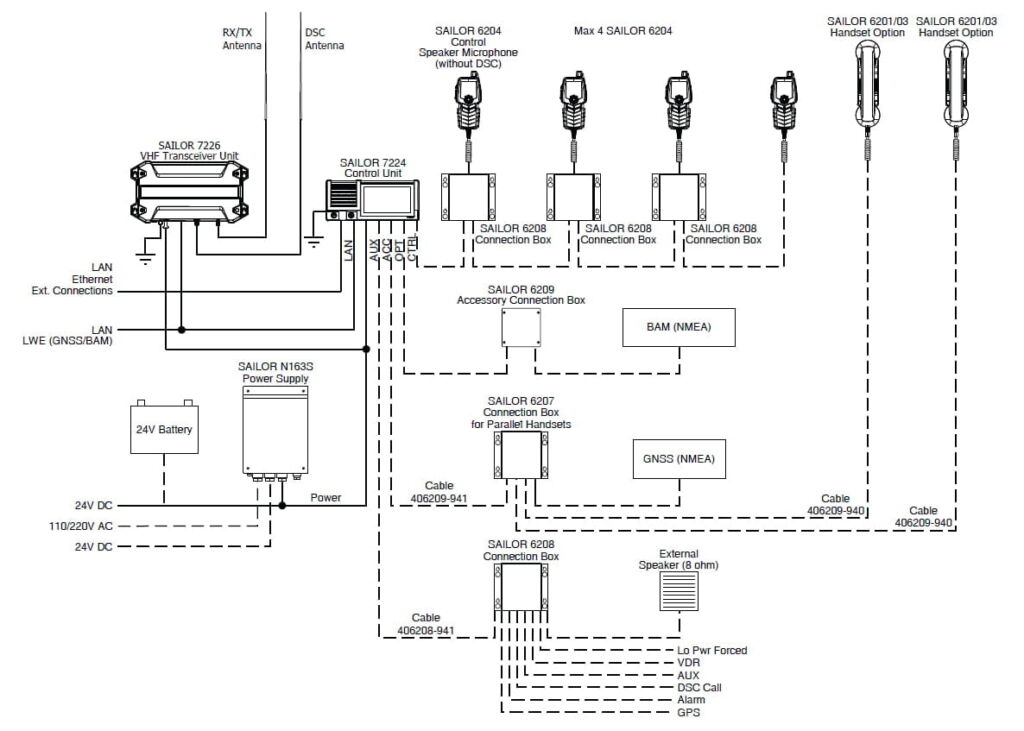
Providing clear communication at all times, the SAILOR 7222 VHF DSC Class A VHF is far more than just a means of meeting regulations. It is a vital tool for daily operations with features and ruggedness ensuing for diverse users on any vessel, from trawlers and workboats to merchant ships and specialist offshore vessels.

